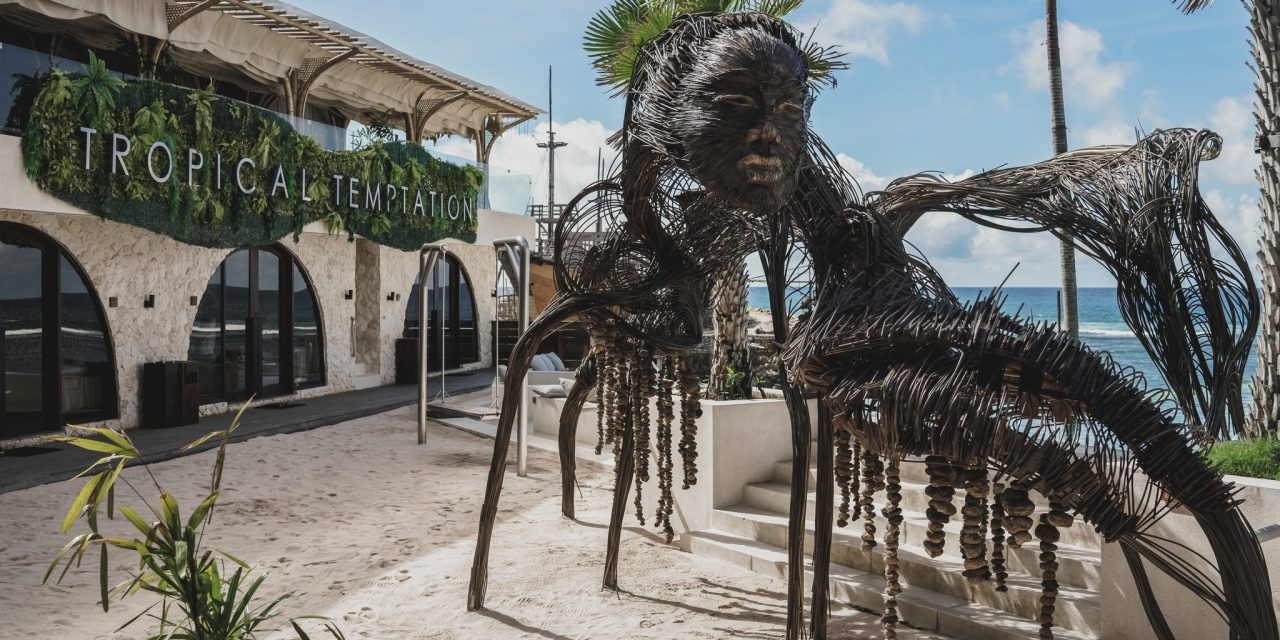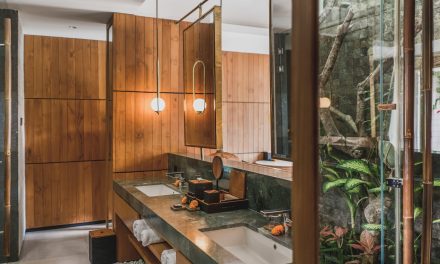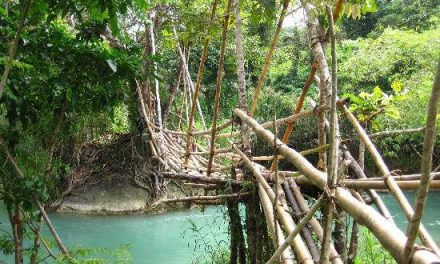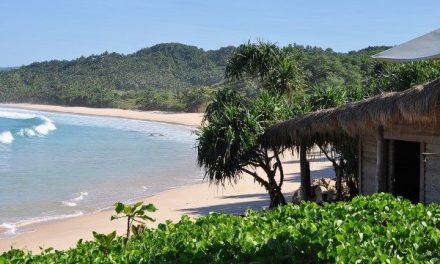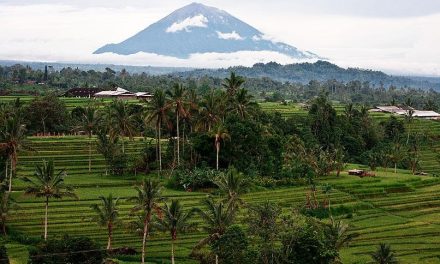Canggu Beach, with its cool surf breaks, trendy cafes, and vibrant nightlife, has become a go-to destination for many travelers. But beyond the sun-soaked sands and Instagram-worthy sunsets, there’s a rich tapestry of history waiting to be explored nearby. Let me take you on a journey through some intriguing historical sites near Canggu Beach that will deepen your appreciation for this gorgeous part of Bali.
The Mystical Tanah Lot Temple
Just a short drive from Canggu Beach lies one of Bali’s most iconic and revered landmarks: Tanah Lot Temple. Perched atop a rocky outcrop, this ancient sea temple is not only a stunning sight, but it’s also steeped in mythology. Legend has it that a high priest built the temple in the 16th century to worship the sea god, and it has become an important part of Balinese spirituality.
Personal Anecdote
I clearly remember visiting Tanah Lot during sunset—the sky lit up in hues of orange and purple while waves crashed against the rocks below. As I walked along the path leading to the temple, I overheard a local guide sharing the story of the temple’s creation, emphasizing its significance as a protector of the island from oceanic threats. The atmosphere was almost magical, and the moment really brought to life the idea that this site wasn’t just a beautiful backdrop; it was a living piece of history.
Practical Advice
To make the most of your visit, try to arrive earlier in the day to avoid the large tourist crowds that gather during sunset. Also, be sure to wear proper attire, as it’s a sacred site—sarongs are usually available for rent at the entrance if you need one.
The Ancient Architecture of Taman Ayun Temple
Just a 30-minute drive from Canggu, Taman Ayun Temple offers visitors a glimpse into the royal history of Bali. Built in the 17th century, it served as the mother temple of the Mengwi kingdom. As you enter through the ornate gates and stroll through the beautifully landscaped gardens, you can almost hear the whispers of history.
Unique Insights
What makes Taman Ayun particularly special is its unique architectural style, which reflects the blend of Balinese and Chinese influences. The intricate merus (multi-tiered shrines) and serene lotus ponds create a serene atmosphere, inviting contemplation. The first time I visited, I noted how the local families would come to pray and spend time together in the temple complex, showcasing how history still plays a vital role in the lives of the Balinese people today.
Relatable Scenario
Imagine this: you’re wandering through the stunning gardens, your thoughts drifting as you watch a group of children play nearby. Their laughter, mixed with the rustle of leaves and sounds of birds, makes you realize that historical sites are not just remnants of the past, but living spaces where culture still thrives today.
The Artistic Village of Ubud
While not directly in Canggu, Ubud is only a short drive away and is often described as the cultural heart of Bali. With its deep-rooted history in art, dance, and traditional practices, Ubud has been a source of inspiration for artists and travelers alike for decades.
Exploring Ubud’s Rich History
Visit the Puri Saren Royal Palace, where the royal family once resided. You can catch traditional Balinese dance performances in the evenings, which have been part of Ubud’s artistic culture for centuries. It’s fascinating to think about the careful preservation of these traditions through generations.
Personal Reflection
The first time I attended a dance performance at the palace, I was entranced by both the story being told and the skills of the performers. The graceful movements and vibrant costumes transported me to a different era, making me feel part of something much larger than myself. It’s a striking reminder of the artistic spirit that Bali fosters.
Practical Tips
Try to visit on a Wednesday or Saturday for the best performances. Also, consider exploring the nearby art markets where you can find unique handcrafted items—it’s a great way to support local artists and take home a piece of Bali with you!
The Unique Charm of the Subak System
Another remarkable yet often overlooked aspect of Balinese culture is the Subak system, a traditional irrigation method dating back to the 9th century. You can find areas of the Subak system within a short distance of Canggu, especially in the Umalas region.
Unique Insights
The Subak system is not just an agricultural technique, it’s a cooperative model that involves local farmers who contribute to the management of the water resources. A visit to the rice paddies at Jatiluwih, a UNESCO World Heritage site, provides breathtaking views of lush green terraces alongside the opportunity to learn about this ancient cooperative system.
Relatable Scenario
Picture yourself trekking through the rice fields, the sun glistening on the verdant landscape while you talk to a local farmer. Each of them has stories to share about their ancestors and the generations that have worked these fields. The connection between the land and its people is palpable, and it makes you appreciate the harmony in which they live—something we all aspire to in our busy lives.
Conclusion: A Journey Through Time
Exploring the historical sites near Canggu Beach offers not just a chance to witness Bali’s rich heritage, but also an opportunity for personal reflection. Whether it’s standing in awe at Tanah Lot, feeling the energy of Taman Ayun, or losing yourself in the vibrant world of Ubud, each experience pulls you deeper into the island’s captivating history.So next time you find yourself in Canggu, don’t just soak up the sun. Venture out, uncover these historical treasures, and let the stories of the past enrich your journey. Trust me; it’s an adventure you won’t forget!

